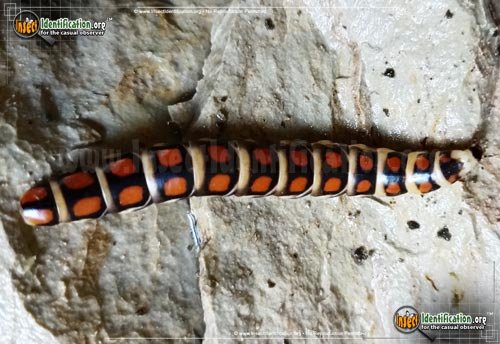
The ecological impact of glowworm populations is a delicate balance of benefits and drawbacks. These creatures are more than just pretty lights in the dark; they have a complex relationship with their environment. Understanding how they fit into their ecosystems can shed light on broader environmental issues we face today.
The Role of Glowworms in Ecosystems
Glowworms, primarily found in specific regions like New Zealand and Australia, are larvae of certain beetles. Their bioluminescence is a clever trap to catch prey. Think of it this way: they’re nature’s little lighthouses, attracting unsuspecting insects into their sticky silk threads. This predatory behavior helps control insect populations, making glowworms crucial players in their ecosystems.
In addition to being predators, they also serve as prey. Birds and other small mammals rely on glowworm larvae for sustenance. This dual role means glowworms are part of a larger food web that supports various species. So, even though they shine bright, they’re also deeply integrated into the fabric of their habitats.
Benefits of Glowworm Populations
One of the primary benefits of glowworm populations is their role in pest control. By preying on other insects, they help maintain balance in local ecosystems. Too many pests can lead to the destruction of plants and disrupt food chains. If glowworms are doing their job, they keep things in check—like nature’s tiny exterminators.
Another significant benefit is their contribution to tourism. Places like the Waitomo Caves in New Zealand attract thousands of visitors curious to see these glowing wonders. This influx of tourists can lead to economic growth for local communities. Plus, awareness about glowworms can foster a greater appreciation for biodiversity and conservation efforts.
Lastly, glowworms can serve as bioindicators—organisms that reveal the health of an ecosystem. Since they are sensitive to pollution and habitat destruction, their presence or absence can signal environmental changes. Monitoring glowworm populations can help scientists understand broader ecological shifts.
Drawbacks of Glowworm Populations
While glowworms offer many benefits, they also come with drawbacks. One of the significant downsides is their vulnerability to habitat destruction. As urban areas expand and deforestation continues, glowworm habitats are increasingly threatened. This loss not only affects glowworms but also the entire ecosystem reliant on them.
Moreover, glowworm populations can be affected by pollution. Chemicals and waste products can contaminate the environments where they thrive, leading to declines in their numbers. If their populations fall, this could disrupt the delicate balance within their ecosystems—making it a twofold problem.
Finally, the popularity of glowworms in tourism has its downsides. Increased foot traffic can lead to habitat degradation. Excessive handling and disturbances from visitors can harm their delicate living conditions. It’s a classic case of wanting to appreciate nature while risking damage to it.
The Impact of Light Pollution on Glowworms
You might not think about light pollution as something that affects glowworms, but it does! Glowworms rely heavily on darkness to attract prey with their glow. Artificial lights from urban areas can confuse them and disrupt their natural behavior. Imagine trying to shine in a room full of bright lights—pretty challenging, right?
Due to this disruption, glowworm populations may decline in areas with high levels of light pollution. This is a critical concern, especially as cities expand. Efforts to reduce light pollution can make a world of difference, helping maintain healthy glowworm populations.
Conservation Efforts for Glowworms
Given their ecological importance, many organizations are working hard to conserve glowworm populations. One of the primary efforts involves protecting their habitats from development and pollution. Creating reserves and protected areas can help ensure that glowworms have a safe space to thrive.
Education is another vital aspect of conservation. Raising awareness about the importance of glowworms and their ecosystems encourages communities to participate in protective measures. Programs that teach the significance of biodiversity can inspire people to take action, whether through local conservation efforts or responsible tourism practices.
Moreover, scientists are studying glowworm populations to better understand their needs. This research helps inform conservation strategies and ensures that efforts are based on solid data. When we understand more about these fascinating insects, we can protect them more effectively.
The Future of Glowworms in Ecosystems
The future of glowworm populations hinges on our actions today. If we take steps to protect their habitats and reduce pollution, there’s hope for their continued presence in our ecosystems. It’s vital to remember that every creature has a role to play, and glowworms are no exception.
We need to balance our desire for development with the need for conservation. By choosing sustainable practices and supporting local initiatives, we can help ensure that these enchanting insects continue to light up our caves and forests for generations to come.
In conclusion, glowworms are not just a pretty sight but an essential part of their ecosystems. They bring benefits like pest control and tourism while also facing challenges such as habitat loss and pollution. By understanding their ecological role and supporting conservation efforts, we can appreciate their magic while ensuring their survival in the wild.
